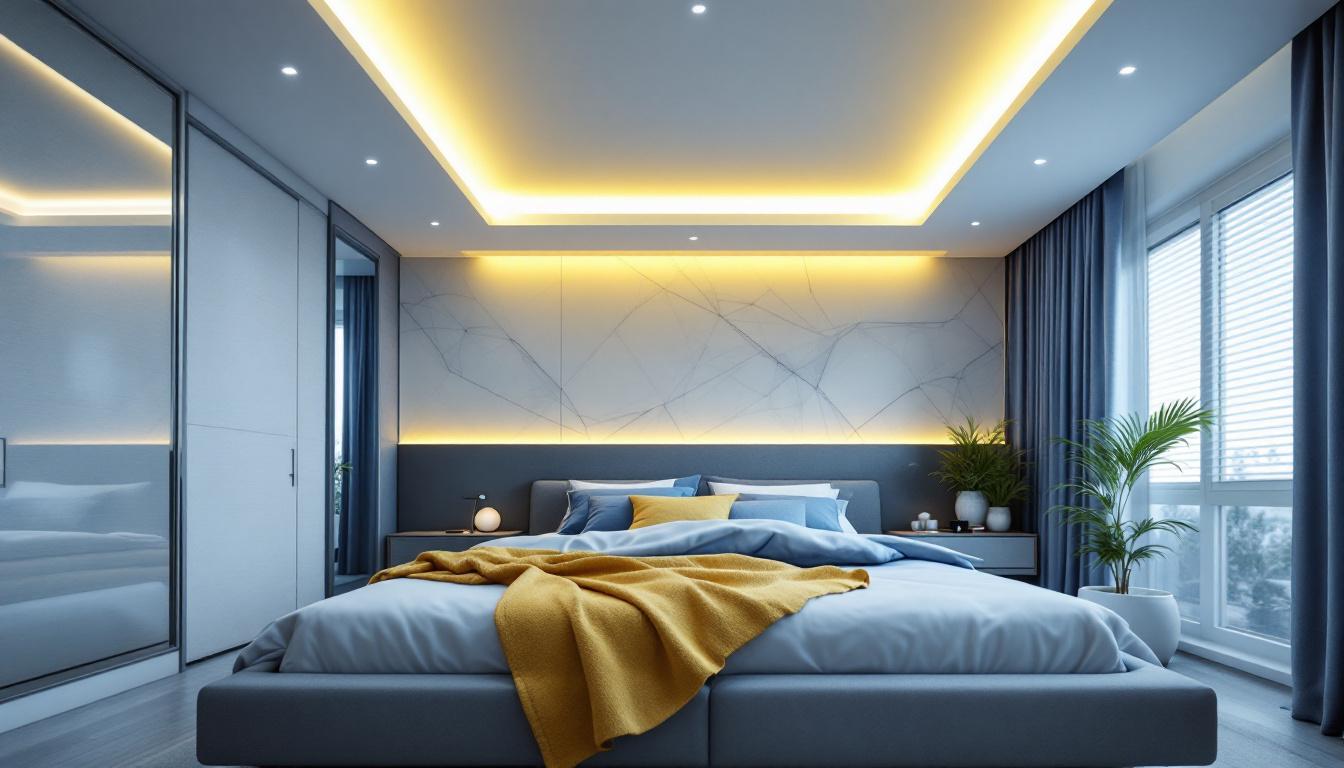
Lighting professionals play a crucial role in ensuring that spaces are well-illuminated, functional, and aesthetically pleasing. One of the key components of their work involves selecting the right lamps for various projects. With the increasing demand for energy efficiency and cost-effectiveness, discount lamps have become a popular option. However, choosing the right discount lamps requires careful consideration. This article presents an essential checklist for lighting professionals to ensure they make informed decisions when selecting discount lamps.
Discount lamps are often perceived as budget-friendly alternatives to traditional lighting options. However, it is vital to understand what qualifies as a discount lamp and how it can impact your projects. These lamps can range from LED bulbs to compact fluorescent lights (CFLs) and even incandescent options, all offered at reduced prices.
While the lower price point can be attractive, it is essential to evaluate the quality and performance of these lamps. Not all discount lamps are created equal; some may sacrifice durability and efficiency for cost savings. Therefore, it is crucial to have a thorough understanding of the types of discount lamps available and their respective advantages and disadvantages.
Discount lamps come in various types, each with unique features and applications. Understanding these types will help lighting professionals make informed choices. Common types include:
Choosing discount lamps can offer several benefits, especially for lighting professionals working on tight budgets. Some of these advantages include:
In addition to these benefits, discount lamps can also contribute to sustainability efforts. Many manufacturers are now producing eco-friendly options that reduce energy consumption and minimize waste. By choosing discount lamps that are energy-efficient, professionals can not only save money but also reduce their carbon footprint, aligning their projects with environmentally conscious practices. Furthermore, the growing trend of smart lighting technology has also made its way into the discount lamp market, allowing users to enjoy modern features such as remote control and programmable settings without breaking the bank.
Moreover, it’s important to consider the potential for innovation within the discount lamp sector. As technology advances, manufacturers are continually improving the quality and efficiency of their products. This means that even budget-friendly options can now offer features that were once exclusive to high-end lighting solutions. For instance, some discount LED lamps now come with adjustable color temperatures, allowing users to customize the ambiance of their spaces. This versatility can be particularly beneficial in commercial settings where different lighting conditions are required throughout the day.
When selecting discount lamps, quality and performance should be top priorities. It is essential to evaluate various factors that can impact the overall effectiveness of the lighting solution.
Brightness is a critical factor in any lighting project. The brightness of a lamp is measured in lumens, which indicates how much light is emitted. When choosing discount lamps, it is essential to compare lumens across different types of lamps to ensure adequate illumination for the intended space.
For example, while a 60-watt incandescent bulb produces about 800 lumens, an LED bulb may produce the same brightness while consuming only 10 watts of energy. Understanding the lumen output will help professionals select lamps that meet the lighting requirements of their projects without compromising on efficiency.
Color temperature, measured in Kelvin (K), influences the ambiance of a space. Discount lamps are available in various color temperatures, ranging from warm white (around 2700K) to cool white (above 5000K). The choice of color temperature should align with the purpose of the space.
For instance, warm white is often preferred in residential settings for its cozy feel, while cooler temperatures are suitable for commercial spaces that require bright, focused lighting. Evaluating color temperature helps ensure that the selected lamps create the desired atmosphere.
Energy efficiency is a significant consideration when selecting discount lamps. Look for lamps with ENERGY STAR ratings or similar certifications, indicating that they meet specific energy efficiency standards. These ratings not only signify lower energy consumption but also often correlate with longer lifespans.
By prioritizing energy-efficient options, lighting professionals can help clients save on electricity bills while contributing to sustainability efforts. It is essential to balance the initial cost of discount lamps with their long-term energy savings potential.
Another vital aspect of selecting discount lamps is ensuring compatibility with existing fixtures and the intended application. Not all lamps are suitable for every setting, and understanding the specific requirements of each project is crucial.
Before purchasing discount lamps, it is essential to check the compatibility with existing fixtures. Some lamps may require specific types of sockets or dimming capabilities. For example, certain LED bulbs may not work with older dimmer switches, leading to flickering or reduced performance.
Additionally, consider the physical size and shape of the lamps. Some discount lamps may be bulkier than traditional options, potentially affecting their fit in certain fixtures. Ensuring compatibility will prevent installation issues and ensure optimal performance.
Different spaces have unique lighting requirements. For instance, a retail environment may require bright, even lighting to showcase products effectively, while a restaurant may benefit from softer, ambient lighting to create a welcoming atmosphere.
Understanding the application-specific needs will guide professionals in selecting the right discount lamps. Factors such as beam angle, color rendering index (CRI), and intended use should all be considered to achieve the desired lighting effect.
Choosing the right supplier or brand for discount lamps is crucial in ensuring quality and reliability. Not all suppliers offer the same level of service or product quality, making it essential to conduct thorough research.
When evaluating suppliers, consider their reputation within the industry. Look for reviews and testimonials from other lighting professionals to gauge the quality of their products and customer service. A reputable supplier will often provide warranties or guarantees on their products, offering peace of mind for lighting professionals.
Additionally, consider the supplier’s range of offerings. A supplier that specializes in lighting solutions may have a more extensive selection of discount lamps, ensuring that professionals can find the right options for their projects.
Good customer support is invaluable when selecting discount lamps. Suppliers that offer knowledgeable staff can assist lighting professionals in making informed decisions. Look for suppliers that provide resources such as product specifications, installation guides, and energy efficiency information.
Furthermore, consider whether the supplier offers training or educational resources for lighting professionals. This can enhance understanding of the products and their applications, ultimately leading to better project outcomes.
Once the right discount lamps have been selected, proper installation and maintenance are essential to ensure optimal performance. Understanding the installation process and maintenance requirements can significantly impact the longevity and efficiency of the lamps.
Proper installation is critical to maximizing the performance of discount lamps. Follow manufacturer guidelines for installation, ensuring that all safety precautions are adhered to. This includes turning off power before installation and using appropriate tools.
Additionally, consider the positioning of the lamps. Proper placement can enhance the effectiveness of the lighting, reducing shadows and ensuring even illumination. For example, in a workspace, task lighting should be directed toward work areas to minimize eye strain.
Regular maintenance of discount lamps is essential for ensuring their longevity and performance. This includes cleaning the lamps and fixtures to remove dust and debris that can impact light output. Additionally, periodic checks for any signs of wear or damage can help identify issues before they become significant problems.
In commercial settings, consider implementing a maintenance schedule to ensure that all lighting fixtures are regularly inspected and maintained. This proactive approach can help prevent unexpected failures and maintain optimal lighting conditions.
Choosing the right discount lamps is a critical task for lighting professionals. By following the essential checklist outlined in this article, professionals can ensure that they select lamps that meet their project requirements while providing cost savings and energy efficiency.
Understanding the types of discount lamps available, evaluating quality and performance, ensuring compatibility, and selecting reputable suppliers are all vital steps in the decision-making process. Additionally, proper installation and maintenance will further enhance the effectiveness and longevity of the selected lamps.
In an industry where lighting plays a significant role in creating ambiance and functionality, making informed choices about discount lamps can lead to successful projects and satisfied clients.
Ready to elevate your lighting projects with premium quality at unbeatable prices? Look no further than LumenWholesale. Our spec-grade lighting products are designed to meet the highest industry standards, ensuring you deliver reliability and high performance in every installation. Say goodbye to inflated markups and hello to value with our direct-to-contractor wholesale pricing. Plus, with free shipping on bulk orders, you can stock up on superior lighting solutions without worrying about hidden fees. Make the smart choice for your lighting needs and experience the best value in wholesale lighting with LumenWholesale.

Discover essential tips for lighting contractors to seamlessly integrate suspended ceilings in bedrooms.

Discover expert insights and practical tips for lighting contractors on selecting and installing exterior LED floodlights.

Illuminate your projects with expert insights on driveway lamp posts.

Discover how LED lighting products are revolutionizing the future of design and installation.